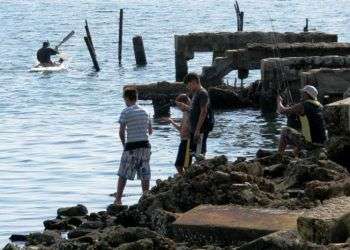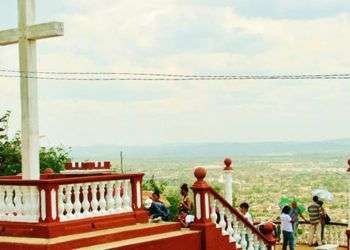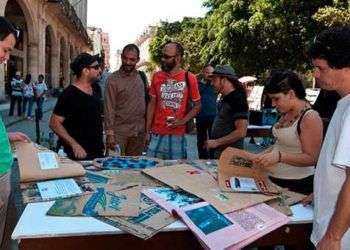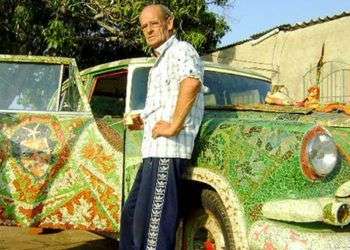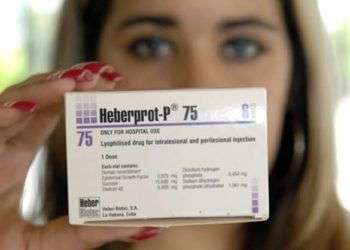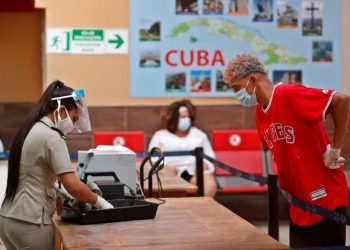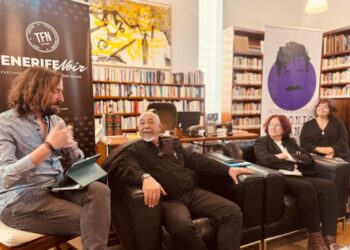It’s still blue
Dawn caught me that summer day in Puerto Padre, and with the crowing of a rooster, the first heralds, grandparents in search of bread for breakfast, a sweeper insisting on leaving the environment impeccable, a simple meadow that leads your steps to the sea. Thus began another day in this magical town, not for its humility and some deterioration cease to be so. That picture was the first thing I witnessed when I first arrived to the town some people calls the Blue Village or City of Mills. I do not know if it was the desire for national tourism, or legends that seduced me like those of the Storyteller did to me as a girl; the truth is that it made little difference to me the long distance and what it implies. I just wanted to see for myself what I had heard, if you really feel you stop in time, if you can miss a place while still being in it. Well I did to make the trip, reaching it almost at dawn, place myself below the Quixote next to the mill, to see with my own eyes a fountain by the sea, bask with fine sand and...


